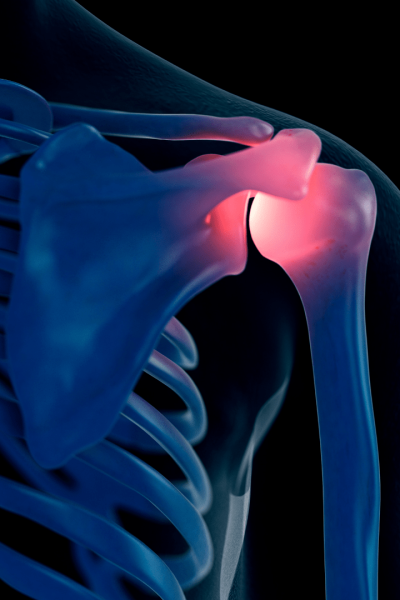Larson Family Chiropractic in Prescott Valley, AZ, offers specialized care for shoulder pain, using chiropractic techniques like adjustments to alleviate discomfort, improve mobility, and address the underlying causes of pain. Their holistic approach focuses on restoring shoulder function and promoting long-term health.
The term “Rotator cuff” describes a section of four muscles that keep your shoulder held together in its shallow socket while larger muscles move it.
The most frequent reason for people to visit a doctor each year, accounting for 4.5 million visits, is rotator cuff strains and injuries. According on the degree of damage, injuries are categorized as “partial tears,” “full-thickness tears,” or “ruptures.”
A “partial tear” is the result of one side of your tendon been partially frayed. A “full-thickness tear”, sometimes called a “complete tear”, is when there is a hole or slit in your tendon, much like what would be created by running a knife length-wise down a rope. A “rupture” is the most severe form of injury and it means that your tendon has been torn into two pieces.
Less than 10% of rotator cuff tears are the direct result of an acute injury like falling, pushing, pulling, throwing or lifting.
Repetitive strains over an extended period of time lead to an overwhelming majority of injuries. “Impingement” is one of the most frequent causes of people beginning to develop a rotator cuff tear. Impingement basically means that your rotator cuff tendon is being pinched every time you raise your arm since the area where it normally resides has just grown too crowded.
People who perform repeated overhead activities are usually at the greatest risk for impingement and rotator cuff tendon problems. This usually includes athletes who play baseball, volleyball, tennis, rowing, weight lifting, swimming and archery, and jobs that include carpentry, painting, wallpaper hanging, cleaning windows and washing/waxing cars. Other forms of risk factors for rotator cuff problems include smoking, obesity, high cholesterol and prior cortisone injection.

Patients who have suffered an acute rotator cuff injury often report a “tearing” or “snapping” sound and sensation that is followed by severe pain and weakness.
Most chronic strains begin subtly, and as the tear worsens, symptoms gradually become more noticeable. Although it seldom happens, pain can occasionally travel down your arm in addition to the front and outside of your shoulder.
Symptoms are usually aggravated by overhead activity and may progress to the point that you have difficulty raising your arm overhead. Pain is typically made worse at night, especially when you lie on the impacted area of your shoulder. Be sure to tell us if you suffer from significant neck pain, shortness of breath, chest pain or chest pressure.
Young patients who have suffered an acute tear or rupture in many cases will require surgery, while most others will benefit from conservative treatments, such as the ones we provide.
Be sure to avoid painful overhead activity or carrying heavy objects.
Avoid lying on your agitated side as you sleep, especially if your arm is extended overhead. With a pillow between your arm and trunk, sleeping on your unaffected side may be advantageous. Smokers should make every effort to stop and look for a program that provides support for them. Patients who are overweight will heal more quickly if they start an activity and diet regimen. It’s crucial to complete your at-home workouts.
Request an appointment with our team so that you can get back to enjoying what you love doing.